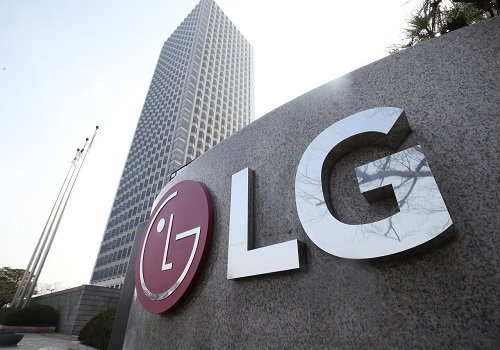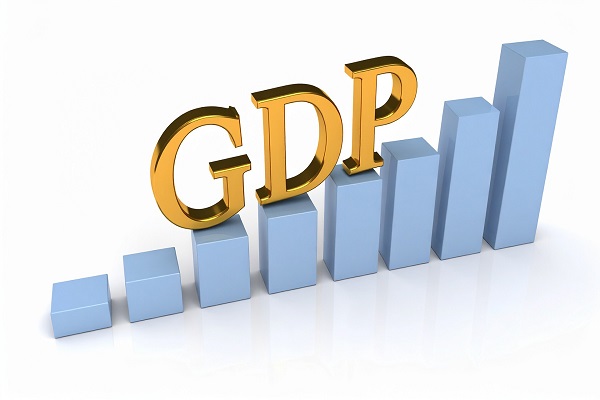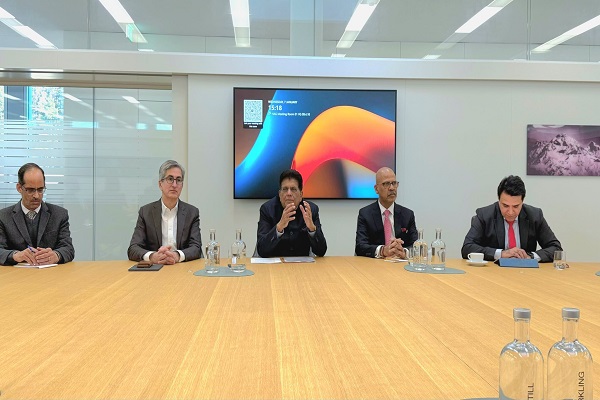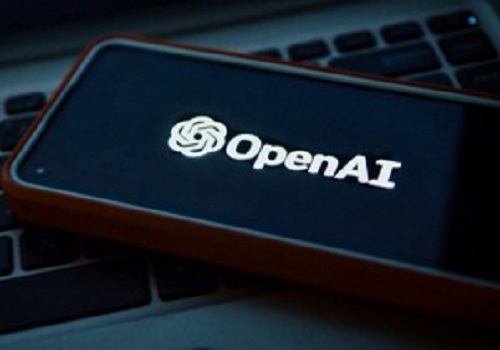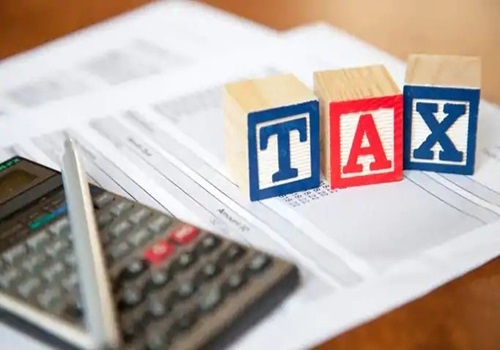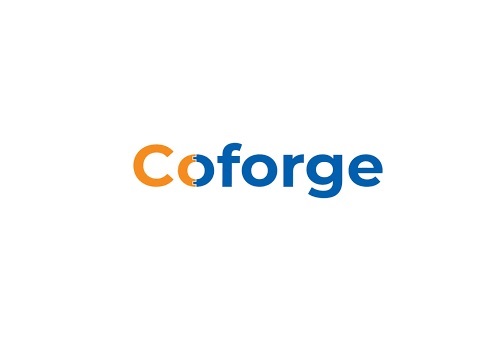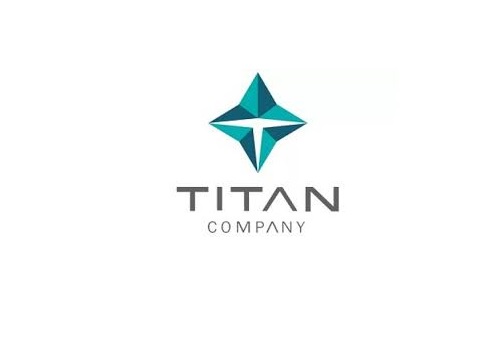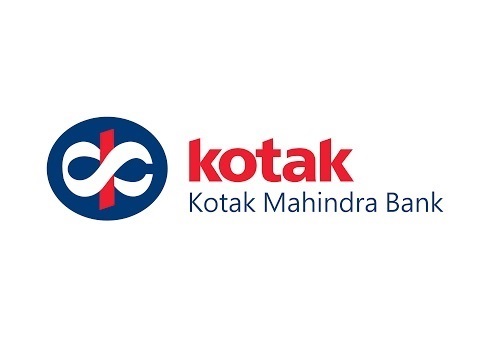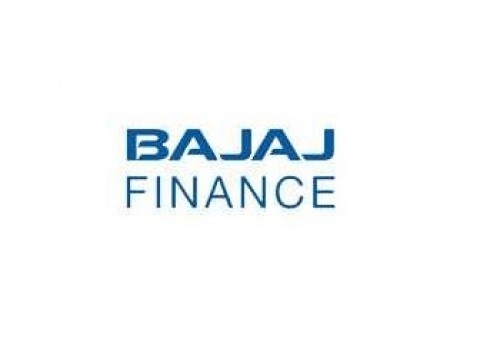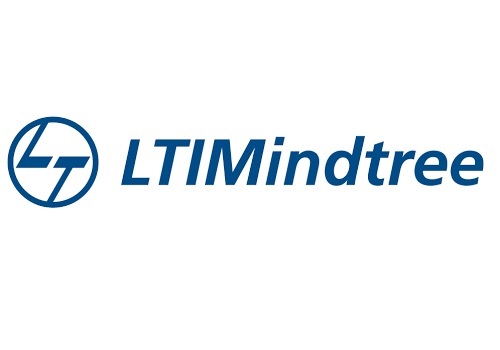Reduce One 97 Communications Ltd For Target Rs. 375 By Emkay Global Financial Services
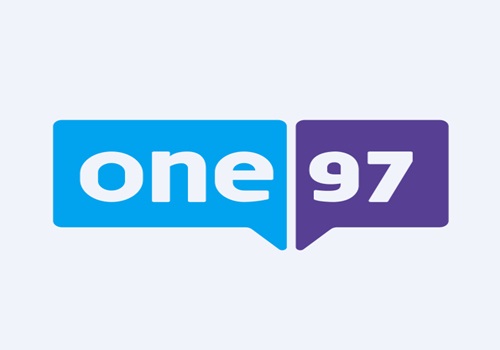
The worst hits in Q1FY25; recuperation to be gradual
Paytm has taken full-quarter business impact post the embargo on its Payment bank business in 1Q. Payment GMV growth was only 5% YoY/down 9% QoQ, while loan disbursements were down 66% YoY/14% QoQ. This, coupled with lower net payment margins (~3bps) and fall in marketing services revenue, led to an in-line albeit higher EBITDA loss (ex-ESOP) at Rs5.5bn. However, higher retrenchment and, thus, savings on salary/ESOP cost led to lower net loss at Rs8.4bn. Meaningful revival in the lending business seems a far call, given continued partner/regulatory concerns, which coupled with disrupted low MDR UPI payment business would keep revenue growth in check. That said, we cut our cost estimates (incl ESOP), given the management’s cost cutting-efforts, and hence our net loss estimates for FY25-27E, subject to no further disruption. Accounting for this, our new DCF-based TP is Rs375/sh (implying 2.5x FY26E operating revenue) vs Rs300 earlier; we retain REDUCE on the stock as visibility on business revival remains hazy and thus risk-reward appears unfavorable.
Slower payment GMV growth, rising share of UPI to hurt payment revenue Paytm’s Payment GMV (P2M + P2C) was up 5% YoY, but down 9% QoQ to Rs4.3trn, reflecting the full-quarter impact of closure of the high-margin wallet business and continued disruption in the company’s UPI business due to delayed customer transition. Average consumer MTU has declined to 78mn, from 96mn in 4Q and from a peak of 100mn, regaining which would be a difficult and expensive task, once it receives the goahead from NPCI to on-board new customers. However, the merchant payment/device subscription business has seen some relief, with the registered and subscription paying merchant-base expanding marginally, though, to 41.2mn and 10.9mn, respectively; The management expects to onboard 0.8-1mn new merchants during the festive season. With rising share of UPI (80-85% of GMV) and absence of high MDR (on wallet), the management expects net payment margins to dip to 3-3.5bps (ex UPI incentives) and to 5-6bps (incl. UPI incentives), which could keep payment revenue growth in check.
Full revival in loan distribution business looks far-fetched amid partner/regulatory concerns Fresh loans disbursement declined 66% YoY/16% QoQ to Rs50bn, mainly due to i) closure of the Post-paid business and low-ticket PL, and ii) shift toward the distributiononly model. However, the Merchant lending (ML) business picked up 50% QoQ. The company intends to add more lending partners (including banks), but believes that PL business run-rate would remain at similar levels, unless asset quality concerns ease. The company is running pilots for the secured business, but is unlikely to gain scale in the near term. Thus, we believe that slower disbursements, coupled with declining take rates (3-3.5%) as it switches to the distribution-only business model, could disrupt its strategy of monetizing the payment business, and could also hurt EBITDA margin.
Recent price up-move reflects swift business revival, potential approval for payment aggregator license The recent up-move in the stock price was mainly due to rising hope around swift fullbusiness revival, which still looks distant. We believe that the long-pending FIPB approval for investment in its payment subsidiary, expected in near term, which is likely to pave the way for an a/c aggregator license, could be sentimentally positive. However, the benefit of this move in terms of new online merchant onboarding is expected to be seen only in the medium-to-long run. Thus, we retain our REDUCE rating on the stock, with DCF-based revised TP of Rs375/share (up from Rs300), as visibility on business revival remains hazy and thus, risk-reward appears to be unfavorable post the recent run-up.
For More Emkay Global Financial Services Ltd Disclaimer http://www.emkayglobal.com/Uploads/disclaimer.pdf & SEBI Registration number is INH000000354


